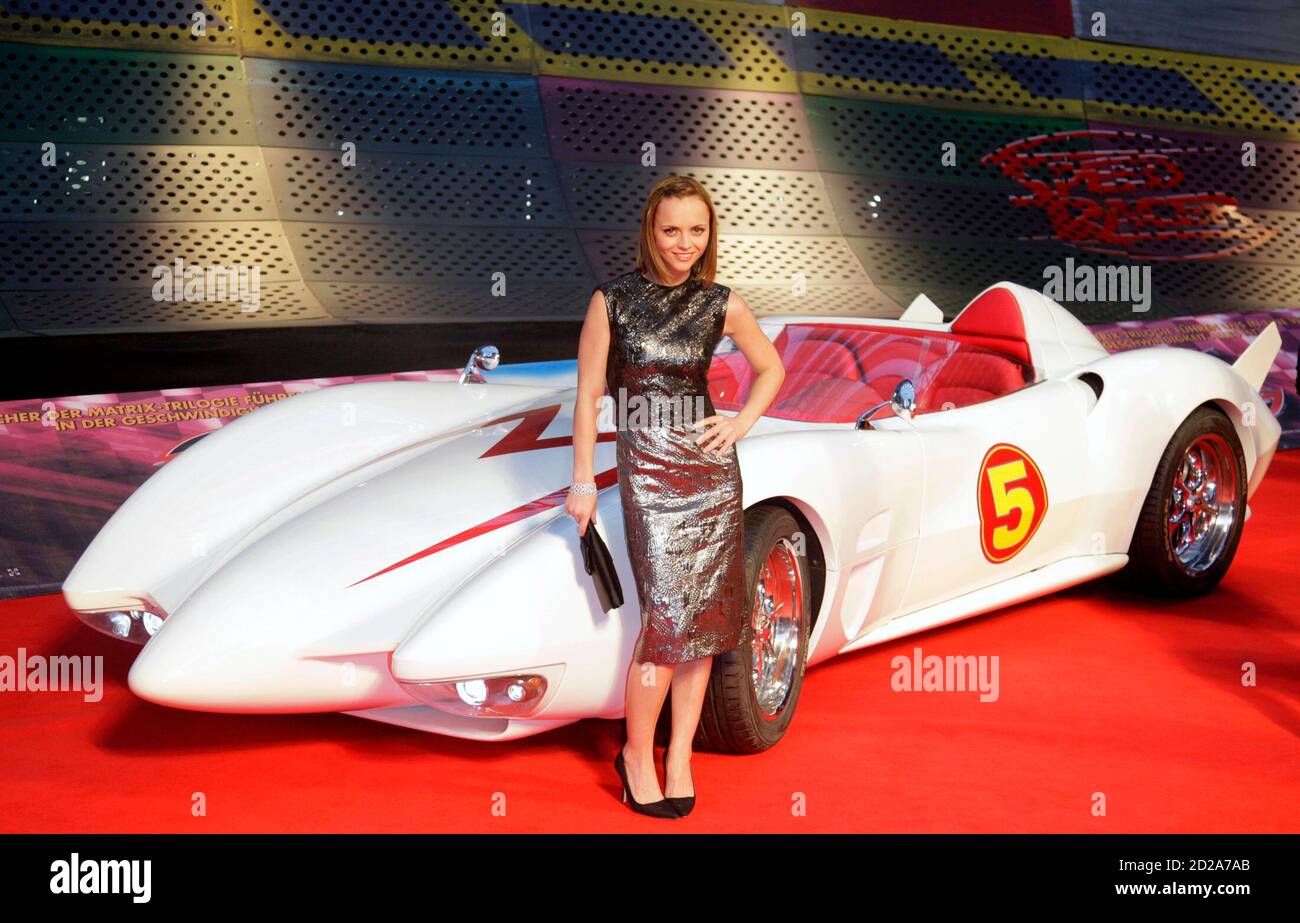


The faster Speed went, the slower the sequence of backgrounds. The faux naivete on display here - right down to the imitation-fruit-flavored FDA-food-dye coloring - is both shamelessly quaint and shamelessly cynical.įor a certain generation of American kids, "Speed Racer" was our introduction to the lo-fi animated form now known as "anime." At the time, we just thought it was cheapo Japanese animation: flat, static, dubbed into badly translated English and barely "animated" at all, given that the frame only seemed to change approximately two times per second and the "moving" backgrounds were made up of about four cyclically repeating drawings instead of the eight or so we were used to seeing in Hanna-Barbera cartoons. Nor is it some kind of subversive commodity, unless the outré strategy of pandering to a low-brow, retro-nostalgic crowd can be considered anything but business as usual in 2008. Burroughs' "cut up" technique - with digital clips randomly scrambled like pixelated confetti. (Lights! Shapes! Colors! Motion! Money!) And there's nothing terribly adventurous these days about Eisensteinian montage treated as if it were William S. Neither is "Speed Racer" a commercial avant-garde film (though fans of the Wachowski brothers may wish to make such claims), unless you still consider Laserium shows of Pink Floyd's "Dark Side of the Moon" to be cutting edge. "Speed Racer" is not a feature film in any conventional sense - although there is nothing so conventional in today's marketplace as a corporate product based on a campy vintage TV show that is developed for extremely brief exhibition in multiplexes on its way to more appropriate platforms such as DVD and video games, which provide the principal justification for its manufacture in the first place.


 0 kommentar(er)
0 kommentar(er)
